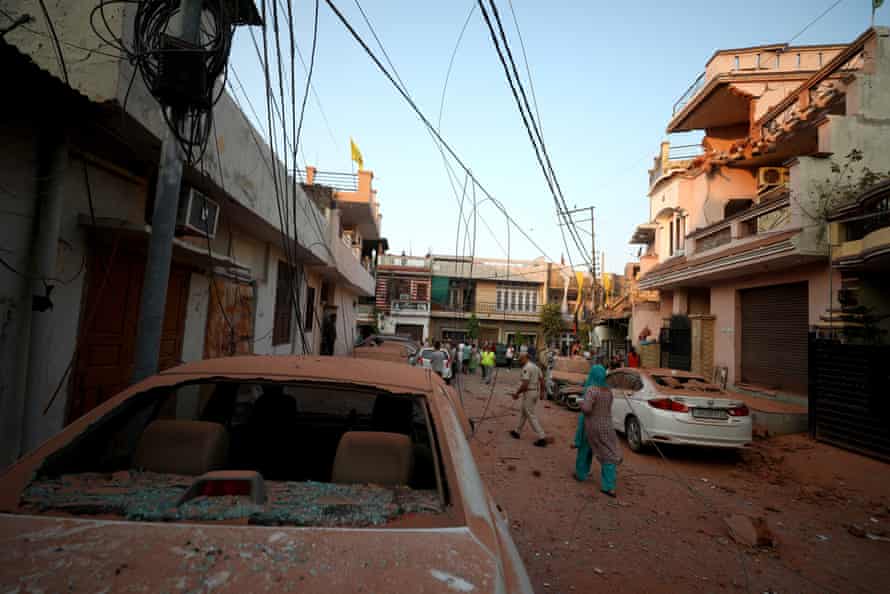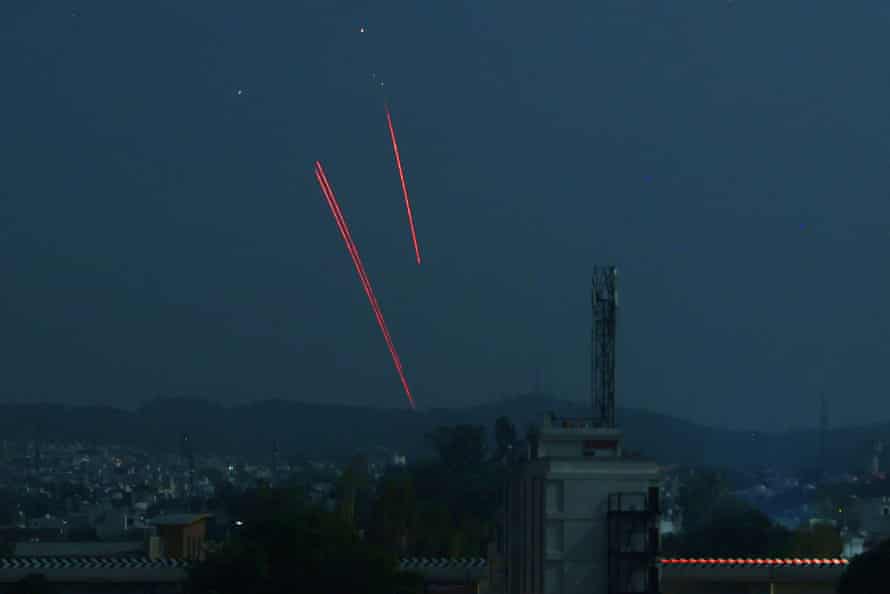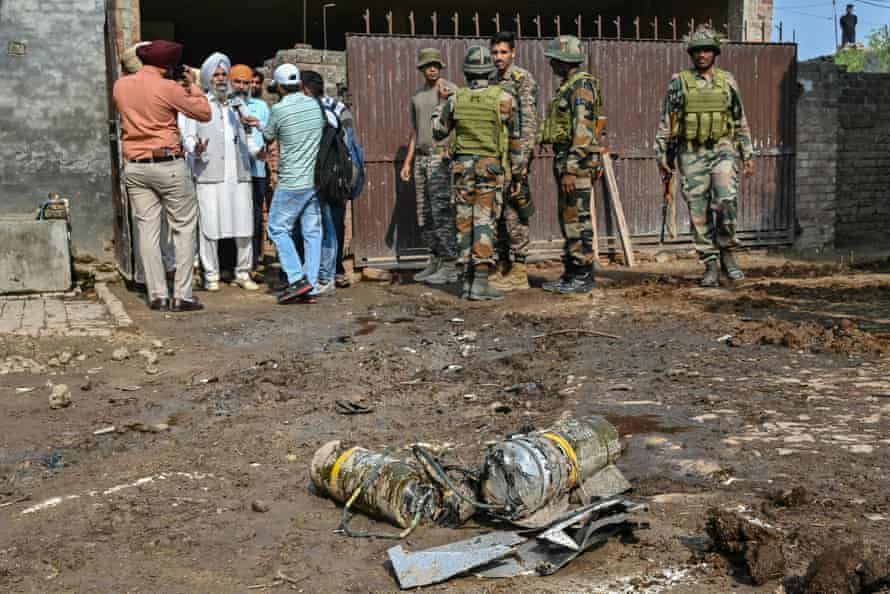India and Pakistan have agreed to an immediate ceasefire following intense U.S.-led diplomatic intervention, ending days of cross-border missile strikes and escalating military conflict between the two nuclear-armed nations.
The ceasefire was announced Saturday afternoon by U.S. President Donald Trump on his Truth Social platform, declaring the deal a success of “Common Sense and Great Intelligence” after 48 hours of backchannel diplomacy spearheaded by Secretary of State Marco Rubio and Vice-President JD Vance.
“After a long night of talks mediated by the United States, I am pleased to announce that India and Pakistan have agreed to a FULL AND IMMEDIATE CEASEFIRE,” Trump posted. “Congratulations to both countries.”
Confirmation soon followed from Pakistani Deputy Prime Minister and Foreign Minister Ishaq Dar, who posted on X that the ceasefire would take effect immediately. Indian Foreign Secretary Vikram Misri stated that senior military officials from both sides held a direct conversation and agreed to halt all military action, on land, air, and sea, with another dialogue scheduled for May 12.
Rubio credited “extensive negotiations” with Indian Prime Minister Narendra Modi and Pakistani Prime Minister Shehbaz Sharif for the breakthrough. “We commend Prime Ministers Modi and Sharif on their wisdom, prudence, and statesmanship in choosing the path of peace,” Rubio said.
The development marks a dramatic turnaround in the U.S. posture; only two days earlier, Vice-President Vance had publicly said that the India-Pakistan conflict was “none of our business.” The Trump administration’s pivot to active mediation underscores the seriousness of the threat, with the conflict spiraling rapidly in recent days.
The latest hostilities began on Wednesday when Indian missiles struck nine sites in Pakistan, reportedly killing 31 people. India claimed the strikes were in retaliation for a deadly attack in Indian-administered Kashmir that left 25 Hindu tourists and a guide dead, blaming Pakistani-backed extremists.
Pakistan responded with drone strikes and long-range missile attacks on key Indian military infrastructure, including bases in Punjab and Indian-administered Kashmir. India countered with additional drone assaults and precision strikes on Pakistani military targets. Both countries accused each other of firing the first missiles.
At the height of the fighting, Indian Army spokesperson Col. Sofiya Qureshi said Pakistan attacked 26 Indian sites, including airports and airfields, calling the attacks “deplorable and cowardly.” She confirmed that Indian forces neutralized most of the threats but acknowledged damage at four military installations.
Pakistan presented a different account, accusing India of initiating hostilities by targeting key airbases. Gen. Ahmed Sharif Chaudhry said Pakistani defense systems intercepted most of the incoming missiles, and that Pakistan’s counter-strikes, dubbed Operation Bunyan Ul Marsoos, meaning “Wall of Lead”, were necessary and proportionate.
The U.S.-brokered ceasefire was welcomed internationally, especially after mounting fears of a broader regional war. Earlier on Saturday, the G7 had called on both sides to exercise “maximum restraint.”
While both India and Pakistan framed their respective actions as defensive and justified, the ceasefire allows both sides a face-saving off-ramp. Indian Foreign Minister Subrahmanyam Jaishankar reaffirmed India’s “uncompromising stance against terrorism,” while Pakistani Senator Sherry Rehman praised the nation’s military and civil leadership for emerging with “dignity, professionalism, and national resolve.”
Though calm has now been restored, analysts say the deep-rooted tensions that sparked this latest flare-up remain unresolved, raising questions about how long the peace will hold.





